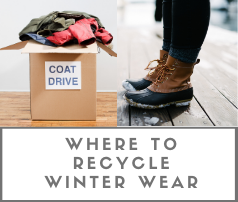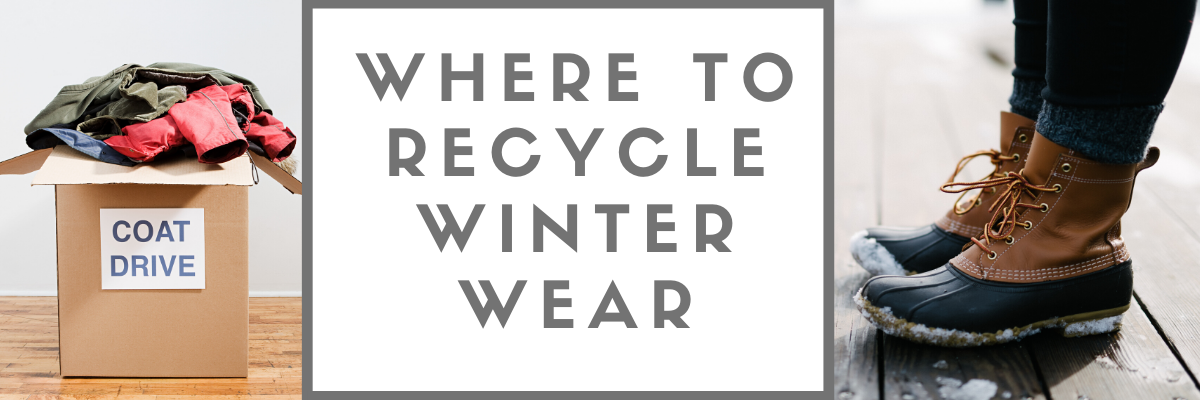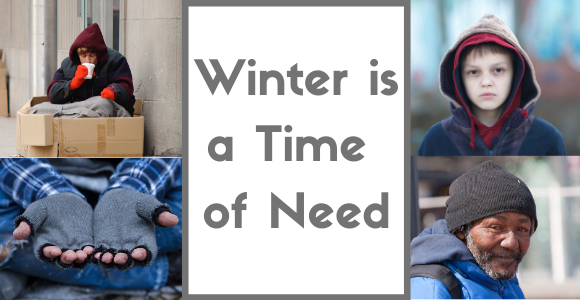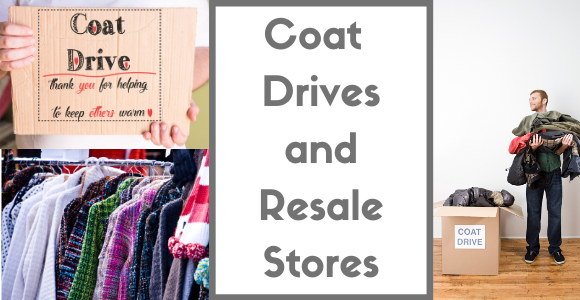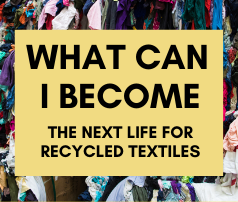 Green Benefits
Green Benefits
What Can I Become
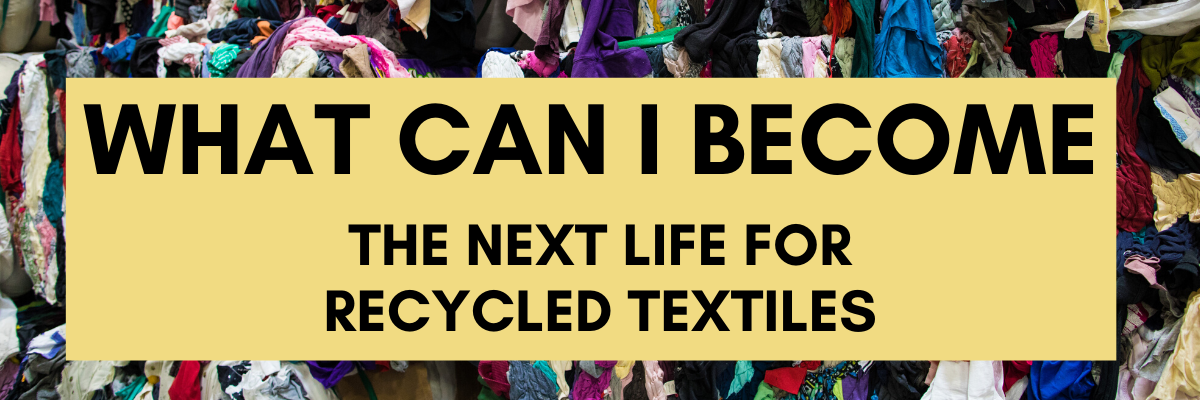
Last Summer, Chicago Textile Recycling did a series titled “What Can I Become” showcasing each week the possibilities of recycled textiles and what their next life might look like. We were inspired by the organization S.M.A.R.T.’s informative post with all the different potential outcomes of recycled textiles found here. Though textiles don’t always become these specific products once recycled, it reveals many important uses your recycled textiles can have and why it is vitally important to recycle old textiles rather than throwing them away.
The first use of a donated textile will always be attempted reuse and resale at a thrift/consignment store or sent to other countries for reuse. However for those items no longer in good or reusable condition, there are numerous ways each can be recycled. And in the following examples, the products are downcycled (read our blog here to learn more) and listed below:
Stuffed Toys & Pillows
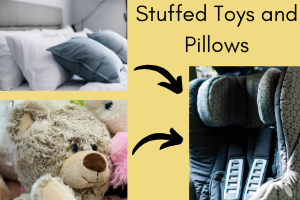
Stuffed toys and pillows can become car seat stuffing and automobile insulation. So what happens to all those stuffed animals and pillows your children no longer love as they grow into preteens and teenagers? Sometimes they can be cleaned and resold at resale stores but for those in very used condition or poor condition, they can be recycled and become stuffing for car seats or insulation for automobiles. So when your kids outgrow their love of mickey mouse or pikachu, donate it to us and we will see that it finds another life elsewhere, either in another adoring fan’s arms or to keep you and your family safe while driving down the road.
T-Shirts, Sheets, Towels & Clothing
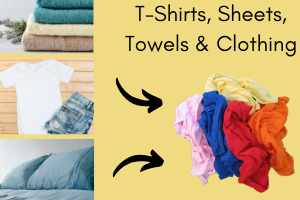 T-shirts, sheets, towels and clothing can become wiping rags. T-shirts and clothing in good or great condition are typically resold in stores or sent to other countries to provide clothing for the population there, but for t-shirts and clothing that is not salvageable for reuse, and for towels and sheets, many times it is recycled into wiping rags.
T-shirts, sheets, towels and clothing can become wiping rags. T-shirts and clothing in good or great condition are typically resold in stores or sent to other countries to provide clothing for the population there, but for t-shirts and clothing that is not salvageable for reuse, and for towels and sheets, many times it is recycled into wiping rags.
The parent company of Chicago Textile Recycling is Wipeco, Inc, which supplies janitorial products to a wide range of customers in the Midwest. The largest selling product at Wipeco is wiping rags, which are recycled from donated textiles collected from CTR bins around the Chicagoland area. Therefore, for our company, if not resold, the next best use of old t-shirts, sheets, towels and clothing is in fact to recycle them into wiping rags. We collect these from area bins and partner resale stores, as well as partnerships with local places of business.
Denim
 Denim can become home insulation. For denim jeans, skirts, overalls and other products that are in good condition, they can be resold and reused. However for denim that is not in the best shape or stained or torn too much, it can be shredded and used as home insulation. This is a great way to keep denim out of landfills and give it another life in a different form that is beneficial for textile recycling and keeping your home warm.
Denim can become home insulation. For denim jeans, skirts, overalls and other products that are in good condition, they can be resold and reused. However for denim that is not in the best shape or stained or torn too much, it can be shredded and used as home insulation. This is a great way to keep denim out of landfills and give it another life in a different form that is beneficial for textile recycling and keeping your home warm.
Shoe Soles
 Shoe soles can become paving material. When shoe soles contain fine rubber powder, they can be recycled as rubber granulate that then combines with a binder and goes into creating roads, running tracks, playground surfacing, railroad pads and more. Shoes are high in demand as a reuse and resale product, but for those that don’t make the cut, they can be used for paving material.
Shoe soles can become paving material. When shoe soles contain fine rubber powder, they can be recycled as rubber granulate that then combines with a binder and goes into creating roads, running tracks, playground surfacing, railroad pads and more. Shoes are high in demand as a reuse and resale product, but for those that don’t make the cut, they can be used for paving material.
Sweaters & Coats
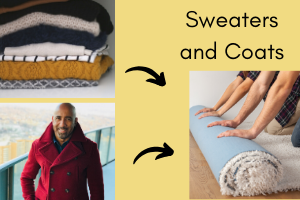 Sweaters and coats can become carpet padding. Similar to denim that is broken down and made into insulation, sweaters and coats that are no longer reusable can be downcycled into carpet padding. One of the three methods of recycling textiles we discuss on our website is breaking the textiles down into fiber content. This would be the case for making carpet padding from sweaters and coats. Carpet padding is another great way to keep textiles out of landfills and give them a new purpose and life.
Sweaters and coats can become carpet padding. Similar to denim that is broken down and made into insulation, sweaters and coats that are no longer reusable can be downcycled into carpet padding. One of the three methods of recycling textiles we discuss on our website is breaking the textiles down into fiber content. This would be the case for making carpet padding from sweaters and coats. Carpet padding is another great way to keep textiles out of landfills and give them a new purpose and life.
Curtains & Drapes
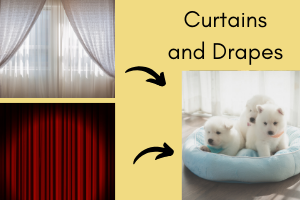 Curtains and drapes can become stuffing for pillows, sleeping bags and animal beds. In the same way as products mentioned previously, curtains and drapes can be recycled into fiber content used to stuff those three products. For curtains and drapes in good condition, they can be cleaned and resold. But for those too stained and/or torn to be reused, they may end up as filling for new products that need a little fluff.
Curtains and drapes can become stuffing for pillows, sleeping bags and animal beds. In the same way as products mentioned previously, curtains and drapes can be recycled into fiber content used to stuff those three products. For curtains and drapes in good condition, they can be cleaned and resold. But for those too stained and/or torn to be reused, they may end up as filling for new products that need a little fluff.
Wool Sweater & Materials
 Wool sweaters and materials can become baseball and softball filling. Ever wonder what baseballs and softballs have on the inside giving them the density and weight to be used for sport? At the core is rubber or cork, which is then wrapped in wool and poly/cotton windings, with a cowhide exterior. For those wool sweaters and materials that are falling apart, donate them even if you don’t think they would be considered for reuse. They can become filling for America’s favorite sport.
Wool sweaters and materials can become baseball and softball filling. Ever wonder what baseballs and softballs have on the inside giving them the density and weight to be used for sport? At the core is rubber or cork, which is then wrapped in wool and poly/cotton windings, with a cowhide exterior. For those wool sweaters and materials that are falling apart, donate them even if you don’t think they would be considered for reuse. They can become filling for America’s favorite sport.
Velvet Materials
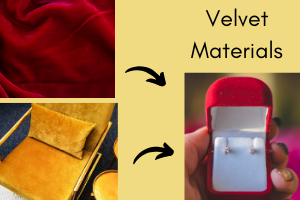 Velvet materials can become jewelry box lining. Though velvet isn’t as popular a textile as it once was, you can still find it being used in various forms such as curtains, pants, furniture and blazers here and there. When no longer in need of your favorite velvety smooth textile, please donate it. If the item is not suitable for reuse, it can become box lining for your next jewelry purchase.
Velvet materials can become jewelry box lining. Though velvet isn’t as popular a textile as it once was, you can still find it being used in various forms such as curtains, pants, furniture and blazers here and there. When no longer in need of your favorite velvety smooth textile, please donate it. If the item is not suitable for reuse, it can become box lining for your next jewelry purchase.
Leftover Fabric Scraps
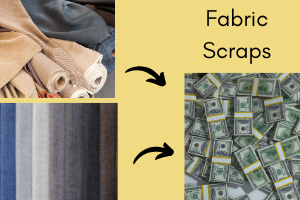 Leftover fabric scraps can become paper money. As explained in this article, which sites the U.S. Treasury, American paper money is created from 75% cotton and 25% linen. Though pure cotton or linen textiles are much harder to come by these days, those scraps of textiles that are still produced can be used to make cash for your pocket.
Leftover fabric scraps can become paper money. As explained in this article, which sites the U.S. Treasury, American paper money is created from 75% cotton and 25% linen. Though pure cotton or linen textiles are much harder to come by these days, those scraps of textiles that are still produced can be used to make cash for your pocket.
Donate
Hopefully this informative blog post has informed and inspired you in your textile donations. It’s important to always remember to allow the resale workers or bin collectors to have the opportunity to make the call on what can be reused or recycled and for what purpose. Instead of deciding yourself and trashing textiles, donate all that you can in hopes of keeping the maximum amount of textiles out of landfills.
If you have questions or are looking for a bin/resale store, please contact us.
